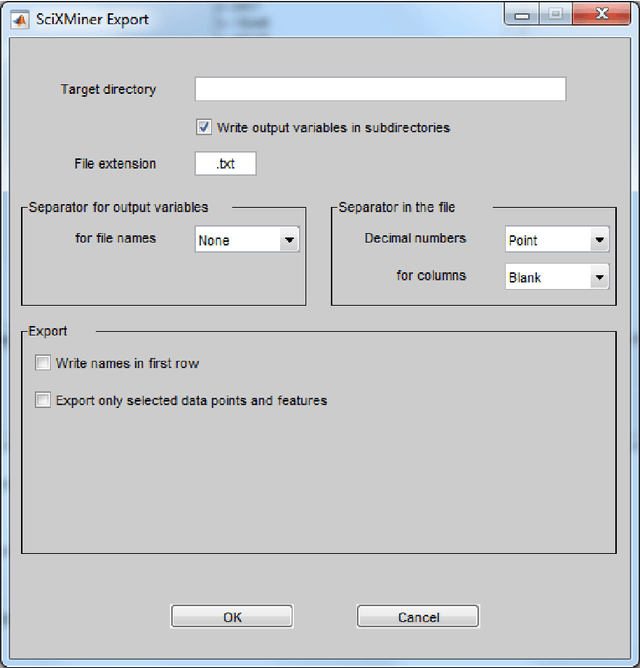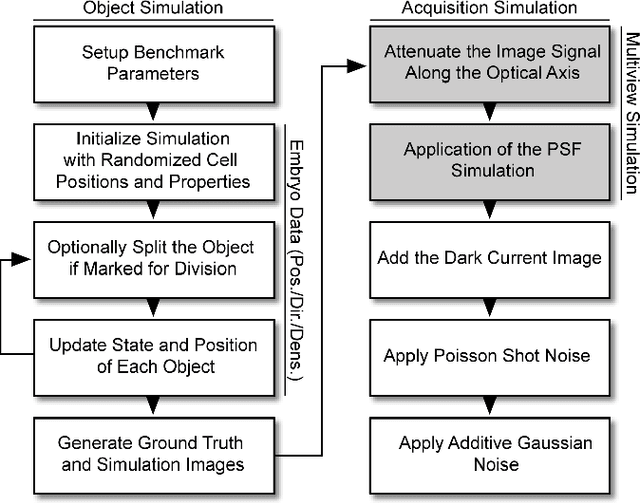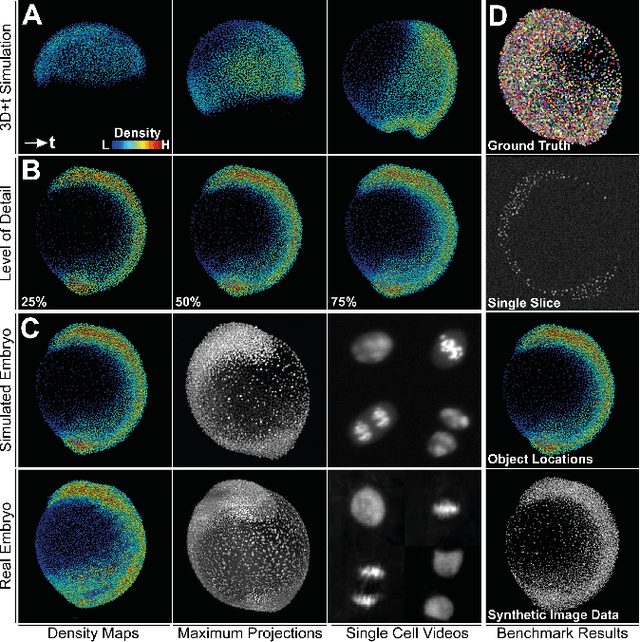Benjamin Schott
The MATLAB Toolbox SciXMiner: User's Manual and Programmer's Guide
Apr 11, 2017



Abstract:The Matlab toolbox SciXMiner is designed for the visualization and analysis of time series and features with a special focus to classification problems. It was developed at the Institute of Applied Computer Science of the Karlsruhe Institute of Technology (KIT), a member of the Helmholtz Association of German Research Centres in Germany. The aim was to provide an open platform for the development and improvement of data mining methods and its applications to various medical and technical problems. SciXMiner bases on Matlab (tested for the version 2017a). Many functions do not require additional standard toolboxes but some parts of Signal, Statistics and Wavelet toolboxes are used for special cases. The decision to a Matlab-based solution was made to use the wide mathematical functionality of this package provided by The Mathworks Inc. SciXMiner is controlled by a graphical user interface (GUI) with menu items and control elements like popup lists, checkboxes and edit elements. This makes it easier to work with SciXMiner for inexperienced users. Furthermore, an automatization and batch standardization of analyzes is possible using macros. The standard Matlab style using the command line is also available. SciXMiner is an open source software. The download page is http://sourceforge.net/projects/SciXMiner. It is licensed under the conditions of the GNU General Public License (GNU-GPL) of The Free Software Foundation.
Generating Semi-Synthetic Validation Benchmarks for Embryomics
Apr 17, 2016

Abstract:Systematic validation is an essential part of algorithm development. The enormous dataset sizes and the complexity observed in many recent time-resolved 3D fluorescence microscopy imaging experiments, however, prohibit a comprehensive manual ground truth generation. Moreover, existing simulated benchmarks in this field are often too simple or too specialized to sufficiently validate the observed image analysis problems. We present a new semi-synthetic approach to generate realistic 3D+t benchmarks that combines challenging cellular movement dynamics of real embryos with simulated fluorescent nuclei and artificial image distortions including various parametrizable options like cell numbers, acquisition deficiencies or multiview simulations. We successfully applied the approach to simulate the development of a zebrafish embryo with thousands of cells over 14 hours of its early existence.
Challenges of Integrating A Priori Information Efficiently in the Discovery of Spatio-Temporal Objects in Large Databases
Feb 09, 2016



Abstract:Using the knowledge discovery framework, it is possible to explore object databases and extract groups of objects with highly heterogeneous movement behavior by efficiently integrating a priori knowledge through interacting with the framework. The whole process is modular expandable and is therefore adaptive to any problem formulation. Further, the flexible use of different information allocation processes reveal a great potential to efficiently incorporate the a priori knowledge of different users in different ways. Therefore, the stepwise knowledge discovery process embedded in the knowledge discovery framework is described in detail to point out the flexibility of such a system incorporating object databases from different applications. The described framework can be used to gain knowledge out of object databases in many different fields. This knowledge can be used to gain further insights and improve the understanding of underlying phenomena. The functionality of the proposed framework is exemplarily demonstrated using a benchmark database based on real biological object data.
 Add to Chrome
Add to Chrome Add to Firefox
Add to Firefox Add to Edge
Add to Edge